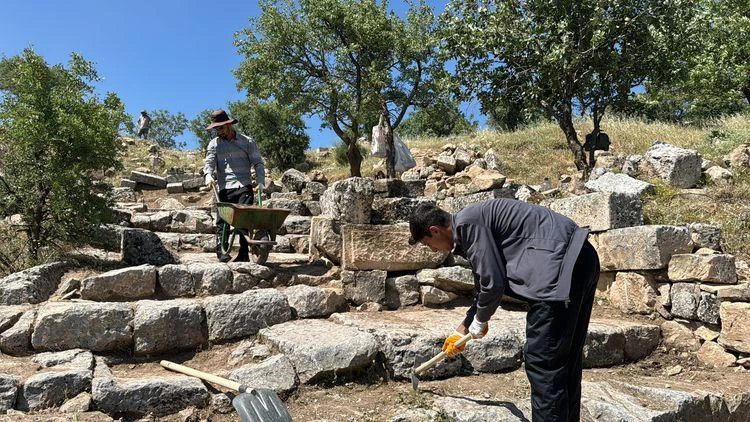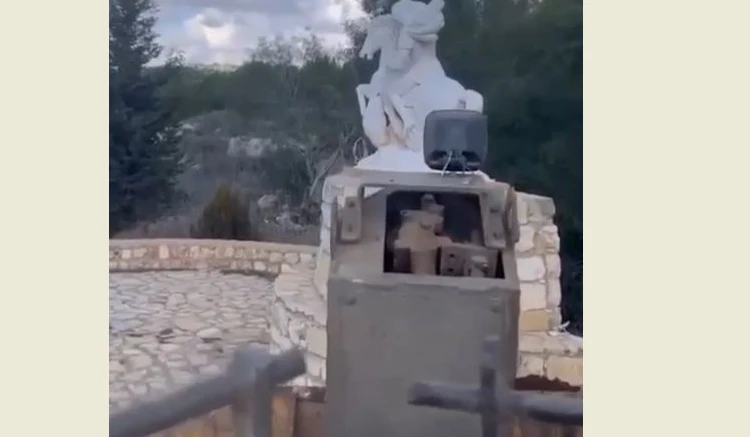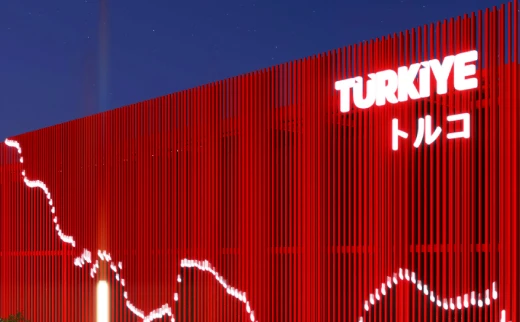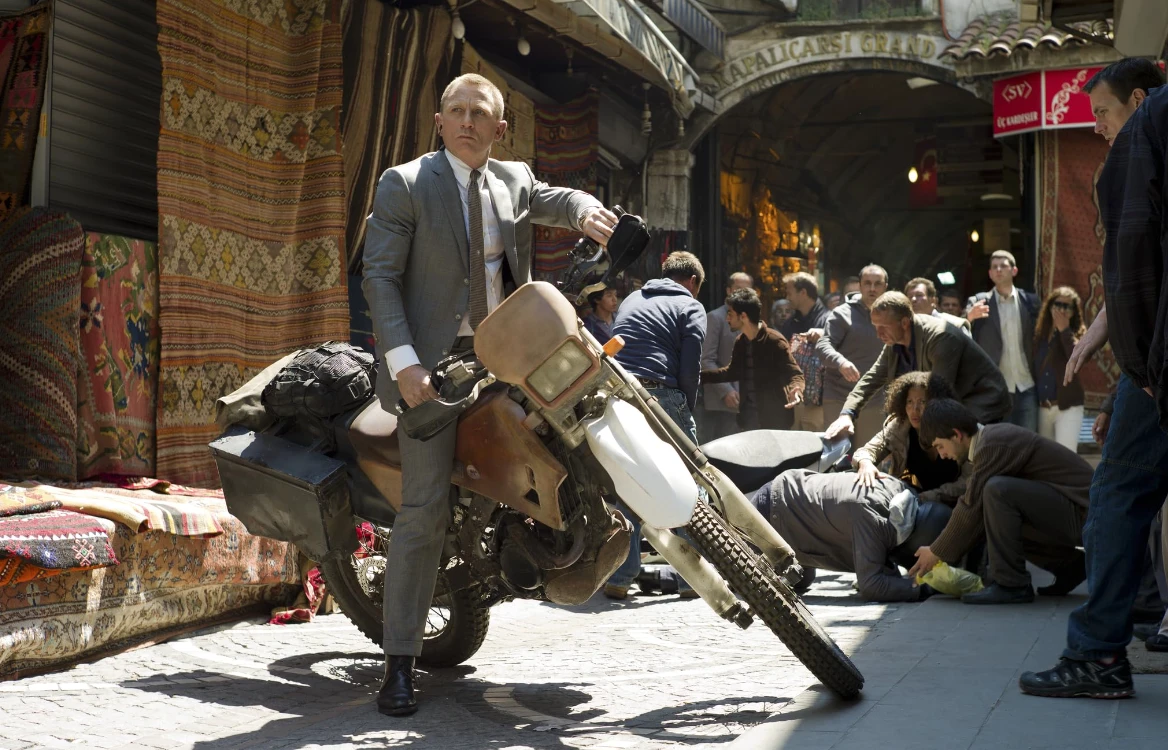Excavations at King Antiochus I’s summer palace finally resume

Excavations at Arsameia, located in the Kahta district of Adiyaman, have resumed after a 54-year hiatus.
The archaeological site, known for being the summer palace area of the King of Commagene, has attracted renewed interest from researchers.
Mehmet Alkan, Director of the Adiyaman Museum, made the announcement to the press, emphasizing the site’s historical significance.
“We are uncovering the walls of the palace section. In the future, we aim to reveal areas and structures where 10,000 people lived,” he stated.

A team of 10 from the Museum Directorate is conducting the excavation efforts. Alkan stressed the potential historical insights the excavations could provide. “There are many scenes of handshakes and inscriptions here. We invite local and foreign tourists to visit this area,” he mentioned.
This renewed activity at Arsameia is expected to shed light on significant historical data, contributing to a better understanding of the region’s past. The project aims to attract both academic attention and tourism, enhancing the site’s cultural value.
Who was the King of Commagene, Antiochus I?

King Antiochus I Theos of Commagene reigned from 70 to 38 B.C. and is renowned for his efforts to integrate Greek, Persian, and Armenian cultures. His kingdom, located in what is now southeastern Türkiye, served as a cultural bridge between the East and the West.
Antiochus I is best known for the monumental sanctuary he constructed on Mount Nemrut. This sanctuary features colossal statues of himself alongside various deities. These statues reflect a unique blend of Greco-Persian influences, symbolizing the king’s vision of cultural synthesis.
Antiochus I’s political acumen was also notable. He skillfully maintained a balance between the major powers of Rome and Parthia, securing his kingdom’s autonomy during a tumultuous period.
His diplomatic efforts included alliances and trade agreements that brought prosperity to Commagene. The king’s legacy is immortalized in the inscriptions and statues at Mount Nemrut, which were intended to ensure his eternal remembrance among his people and gods.



